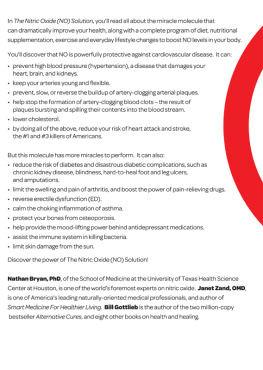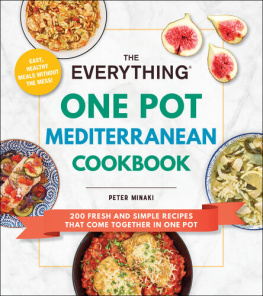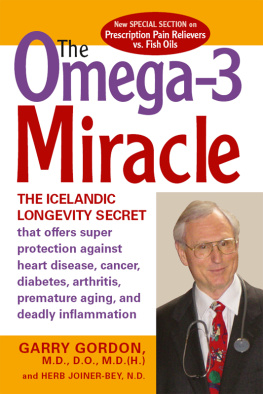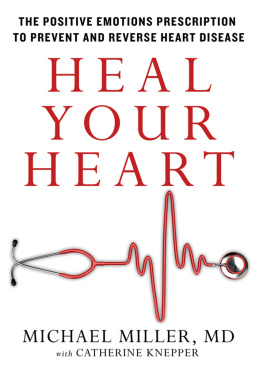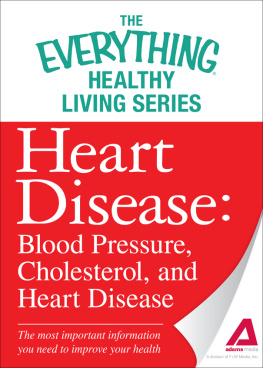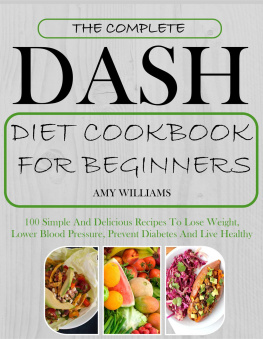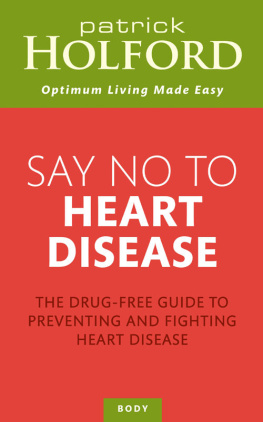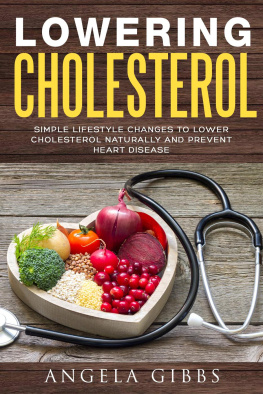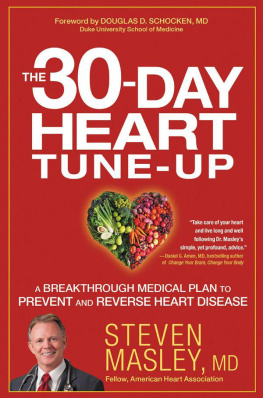THE
NITRIC
OXIDE
(NO)
SOLUTION
How to Boost
the Bodys
Miracle Molecule
to Prevent and Reverse
Chronic Disease
by Nathan S. Bryan, PhD and Janet Zand, OMD
with Bill Gottlieb, CHC
Neogenis
248 Addie Roy Rd. Ste. B-201
Austin, Texas 78746
www.neogenis.com
2010 Neogenis
All rights reserved.
Recipes 2010 Jennifer Adler, CN
Recipes, Raw Beet Salad and Fresh Green Cashew-Walnut Pate
2010 Janet Zand, OMD
No part of this book may be reproduced in any form or by any means without permission in writing from the publisher.
Printed in the United States of America.
ISBN: 978-0-615-69548-8
Cover design by Neogenis. Interior design by Sterling Hill Productions.
Packaged by Good For You Books
The information in this book is for educational purposes only. It is not intended to replace the advice of a physician or medical practitioner. Please see your health care provider before beginning any new health program.
CONTENTS
PART ONE
NO: The Bodys Miracle Molecule
ONE
What Is NO?
The Little-Known Key to Preventing and Reversing Heart Disease
Imagine for a moment a miracle molecule that could dramatically improve your healthif you could increase the amount of the molecule in your body.
Now, this molecule wont turn water into wine or raise anyone from the dead. Its not that kind of miraculous. But biologically speaking, its definitely a miracle-maker. Because it can:
prevent high blood pressure (hypertension), a disease that damages your heart, brain, and kidneys.
keep your arteries young and flexible.
prevent, slow, or reverse the buildup of artery-clogging arterial plaques.
help stop the formation of artery-clogging blood clotsthe result of plaques bursting and spilling their contents into the blood stream.
lower cholesterol.
by doing all of the above, reduce your risk of heart attack and stroke, the #1 and #3 killers of Americans.
But this molecule has more miracles to perform. It can also:
reduce the risk of diabetes and disastrous diabetic complications, such as chronic kidney disease, blindness, hard-to-heal foot and leg ulcers, and amputations.
limit the swelling and pain of arthritis, and boost the power of pain-relieving drugs.
reverse erectile dysfunction (ED).
calm the choking inflammation of asthma.
protect your bones from osteoporosis.
help provide the mood-lifting power behind antidepressant medications.
assist the immune system in killing bacteria.
limit skin damage from the sun.
There may be no disease process where this miracle molecule does not have a protective role, we were told by Louis J. Ignarro, PhD, a 1998 Nobel Laureate. What is this miracle molecule?
Nitric oxideotherwise known (by its chemical formula) as NO.
What Is Nitric Oxide?
What youre readingright nowis a signal, a message, a communication that is moving from the page to your eyes and deep into your brain, where an energized collection of brain cells (neurons) makes sense out of it all. And that process happens fastin nanoseconds, in less than the blink of an eye.
Nitric oxide (NO) works just like that.
Nitric oxide is a signaling molecule. A molecule, of course, is a combination of atoms, held together by electrical charges. Water is H2Otwo hydrogen atoms and one oxygen atom. Nitric oxide is NOone atom of nitrogen and one atom of oxygen, as simple as can be. So simple, in fact, that its a gas, not a liquid or solid.
When its created and released, this gas easily and quickly penetrates nearby membranes and cells, sending its signals. In less than a second, NO signals:
arteries to relax and expand.
immune cells to kill bacteria and cancer cells.
brain cells to communicate with each other.
Will the Real NO Please Stand Up?
Its easy to confuse NO (nitric oxide) with other, similarly named molecules.
Its not nitrous oxide (N2O), the general anesthetic humorously known as laughing gas.
And its not nitrogen dioxide (NO2), an air pollutant formed from oxygen and NO.
Its just plain old NOand it spells YES for health.
In fact, NO sends crucial signals within every cell, tissue, organ, and system of the body.
But perhaps its most important signaling function is within the circulatory systemthe system that, in 21st-century America, so often goes wrong, triggering heart attacks and strokes.
Our Hurting Hearts
The stark statistics tell the story.
Eighty-one million American adults have cardiovascular disease (CVD)one in three.
Every year, nearly one million people with CVD have their first heart attack. Of those, 141 thousand die.
In fact, CVD is the leading cause of death in the US, accounting for 36 percent of all deaths. If all forms of CVD were prevented, Americans would live an average of seven more years.
Another way to think of the nonstop tragedy of CVD: every 37 seconds (about the time it took you to read from the start of this section to the end of this sentence) another American dies of CVD.
Its time to say NO to CVD.
And to understand how NO works to protect you from CVDthe hardened, plaque-clogged arteries that lead to heart attacks and strokesyou have to understand how the endothelium works.
The biggest organ in your bodythe endothelium
The endothelium is the lining of your blood vesselsevery blood vessel, from the large coronary arteries of your heart to the tiny capillaries that transfer oxygen and nutrients from your bloodstream to your tissues. The endothelial lining is only one cell thick, but thats still a lot of cells: if you took all the endothelial cells in your body and laid them out on a flat surface, theyd cover a soccer field.
To get a better view of the endothelium, lets zoom in on a coronary artery. In a healthy artery, the endothelium is smooth and blood flows freely. The artery is also flexible (as compared to a hardened artery affected by heart disease): it easily widens, or dilates, a function medical experts call vasodilation.
Zoom in even closer, and we find out that NO is manufactured in the endothelium, via several different biochemical pathways. (Youll read more about them in .)
In one pathway, the amino acid L-arginine (a component of protein foods such as meat, fish, dairy, beans, and nuts) combines with oxygen to produce NO. This process is sparked by three enzymes collectively called nitric oxide synthase (NOS). One of those enzymesendothelial nitric oxide synthase, or eNOSstarts the activation of NO in the endothelium. NO is also produced directly from the chemical compounds nitrate and nitrite.
But no matter the pathway, the end result is the creation of the molecule that has been dubbed the endothelium-derived relaxing factor.
Why that name?
Because NO diffuses out of the endothelium into a layer beneath it, the smooth muscle of the artery. There, it signals the muscles to relaxto widen, to expand, to undergo vasodilation.
Needless to say, vasodilation increases blood flowinstead of a measly trickle, theres a steady and health-giving current of nutrient- and oxygen-rich blood circulating throughout your body.
What if you dont have enough NO?
Well, the opposite of a relaxed, widened artery is a tense, tightened arteryand when blood flows through that smaller space, blood pressure rises. Without enough NO, in other words, you develop high blood pressure, or hypertensiona major risk factor for heart disease and stroke, as .)

